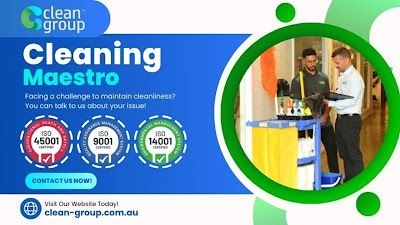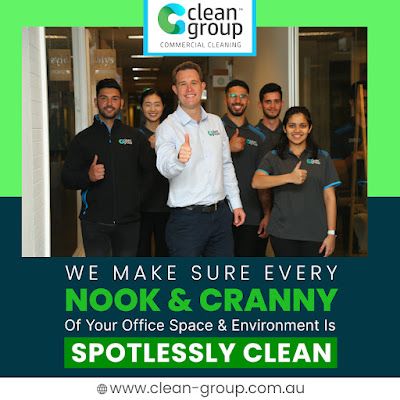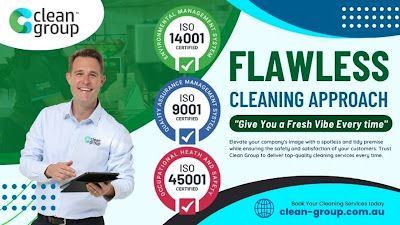
The Science Behind Disinfectants in Commercial Cleaning
How to Negotiate a Commercial Cleaning Contract
The integration of health and safety standards into the commercial cleaning industry has grown more pronounced with the increasing awareness of the risks associated with poorly maintained environments. Clean Group provides comprehensive and professional Commercial Cleaning Sydney across Sydney, NSW. Our fully insured, trained, and security-verified cleaners ensure your workplace stays spotless and hygienic. Schedule a free onsite quote today—book online or call us at 02 9160 7469. Get your obligation-free commercial cleaning estimate for offices, buildings, and other business spaces in Sydney.. Cleaning companies must stay current on evolving safety guidelines and regulations to minimize risk and liability. For example, many facilities are adopting cleaning practices that reduce the use of harsh chemicals to protect the health of both workers and the environment. Using eco-friendly products and minimizing exposure to potentially harmful substances ensures that cleaning services are both effective and sustainable.
There are growing concerns over the long-term health effects experienced by cleaning personnel. Studies have highlighted the negative consequences of exposure to cleaning chemicals, including respiratory and skin problems. This has prompted regulatory attention and encouraged companies to adopt safer practices and greener products.


